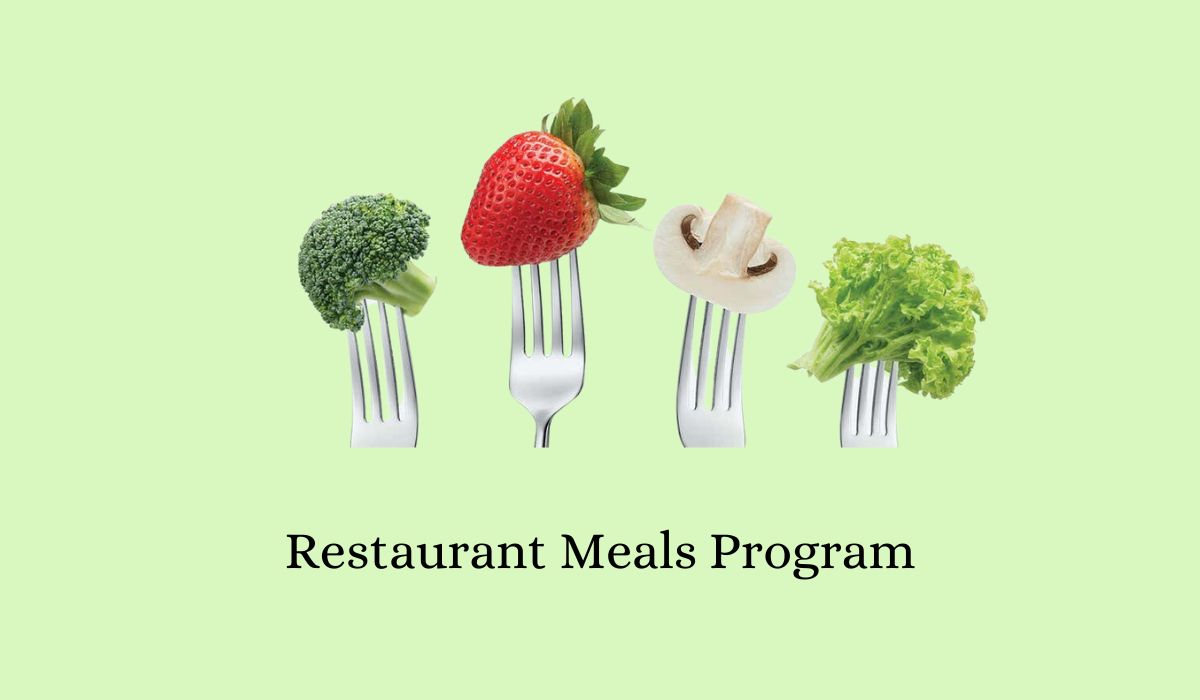In a world where food insecurity remains a pressing issue, innovative solutions are constantly sought to bridge the gap between hunger and access to nutritious meals. One such initiative that has garnered attention is the Restaurant Meals Program (RMP).
This program represents a significant step towards alleviating hunger, especially among the most vulnerable populations. In this article, we delve into what the RMP is, its objectives, how it works, and its impact on communities.
What is Restaurant Meals Program?
The Restaurant Meals Program is an offshoot of the Supplemental Nutrition Assistance Program (SNAP), formerly known as the Food Stamp Program. While SNAP typically restricts purchases to grocery stores and supermarkets, the RMP expands this to include prepared meals at participating restaurants.
This initiative primarily targets SNAP beneficiaries who might not have the means or ability to prepare meals at home, such as the elderly, disabled, and homeless individuals.
Objectives of the RMP
The primary goal of the RMP is to provide a wider range of food options to SNAP recipients who face challenges in preparing meals. By including restaurants in the SNAP program, it ensures that:
- Vulnerable Populations Have Access to Prepared Meals: The elderly, disabled, and homeless often struggle with meal preparation. The RMP allows them easier access to nutritious food.
- Increased Food Choices: It offers a variety of food choices, which is particularly important for individuals with specific dietary needs or preferences.
- Supports Local Businesses: By allowing local restaurants to participate, the program supports small businesses and stimulates the local economy.
How the Restaurant Meals Program Works
To participate in the RMP, both the SNAP recipients and the restaurants must meet certain criteria. Restaurants need to apply and be approved by the state to accept SNAP benefits.
Once approved, SNAP recipients who qualify for the RMP can use their Electronic Benefit Transfer (EBT) cards to purchase hot, prepared meals at these establishments.
Eligibility and Participation
Not all SNAP recipients are eligible for the RMP. Eligibility is typically limited to those who might not be able to cook at home, such as:
- The elderly (aged 60 and above)
- Disabled individuals
- Homeless people
Additionally, the program is not available in all states. States must opt into the program and establish their own guidelines and participating restaurants.
Impact of the Restaurant Meals Program
The RMP has shown a positive impact in communities where it’s been implemented. Some of the notable benefits include:
- Improved Nutritional Access: It has provided an essential avenue for vulnerable groups to access nutritious meals.
- Economic Boost: Local restaurants see an increase in customers and revenue, providing a boost to the local economy.
- Social Inclusion: For many, especially the homeless, being able to dine in a restaurant promotes a sense of normalcy and social inclusion.
Challenges and Future Directions
Despite its benefits, the RMP faces challenges. These include limited awareness among eligible individuals, few participating restaurants in certain areas, and the need for more states to adopt the program. Future directions could involve expanding the program’s reach, increasing awareness and participation, and continuously evaluating its impact to make necessary adjustments.
Final Words
The Restaurant Meals Program is a vital initiative in the fight against hunger, particularly for those who face challenges in meal preparation.
By extending SNAP benefits to include prepared meals at restaurants, the RMP not only aids in addressing food insecurity but also supports local economies and promotes social inclusion.
As the program evolves, it holds the promise of making a significant difference in the lives of many, one meal at a time.
